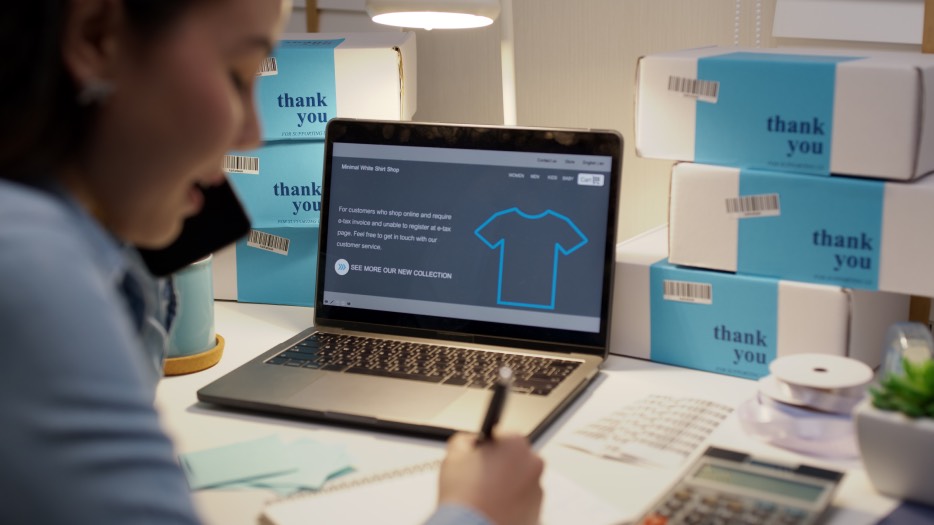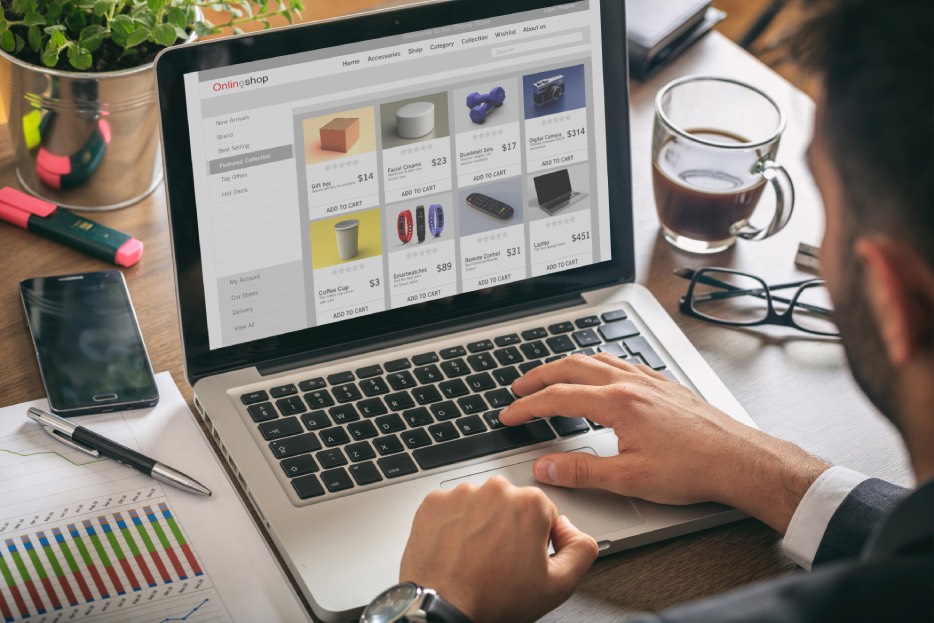How to manage fulfillment for print-on-demand products?

Last week, we discussed automated inspection with machine vision and how these systems help pick and pack the correct products; however, it’s not the only innovation in fulfillment logistics.
Managing fulfillment for print-on-demand (POD) products can be both exciting and challenging. Unlike traditional retail, POD businesses don’t require you to keep inventory on hand; products are only created once an order is placed.
This model makes it easier to launch a brand with lower upfront costs and greater flexibility, but it also comes with its own set of logistics to master.
In this article, we’ll break down the key aspects of POD fulfillment, explore common pitfalls to avoid, and share strategies that will help you streamline processes while building trust with your buyers.
What is print-on-demand fulfillment?
Print-on-demand (POD) fulfillment is a business model where products are only manufactured once a customer places an order. Instead of producing items in bulk and storing them in a warehouse, POD relies on third-party providers, such as Mexican fulfillment centers, that print, package, and ship each product on demand.
This makes it an appealing option for entrepreneurs, artists, and small businesses looking to sell custom designs without the high upfront investment of traditional inventory.
The process is simple: a customer buys an item from your online store, the order is automatically sent to your POD supplier, and the supplier handles production and delivery directly to the customer.
Because of this streamlined workflow, sellers can focus more on branding, marketing, and customer experience while outsourcing the logistics of manufacturing and shipping.
However, this also comes with trade-offs. Production times may vary depending on the supplier, shipping costs can be higher than for bulk models, and sellers have less direct control over product quality.

Common pitfalls in POD fulfillment (and how to avoid them)
While print-on-demand offers flexibility and low upfront costs, there are some common challenges that can affect customer satisfaction and business growth. Recognizing these pitfalls early on can save you time, money, and frustration.
1.- Relying on a single supplier
Many new POD sellers make the mistake of depending on just one fulfillment partner. While this simplifies management, it also creates risks: if your supplier experiences delays, runs out of stock, or lowers its quality standards, your entire business takes the hit.
To avoid this, consider working with at least two suppliers or having backup options for your best-selling products. This provides you with a safety net and ensures continuity if issues arise.
2.- Ignoring quality checks
Since you don’t see or handle the products before they reach customers, it’s easy to assume the supplier’s quality control is enough. However, neglecting to check samples of your designs can lead to misprints, low-quality fabrics, or colors that don’t match your mockups.
The solution is simple but essential: always order samples of new products, periodically test existing ones, and encourage customers to leave detailed feedback. This not only protects your brand’s reputation but also signals to your supplier that you value consistency.
3.- Underestimating shipping costs and timelines
Shipping is one of the most common sources of customer complaints in POD. Unexpected costs, long delivery times, and a lack of tracking can quickly damage trust. Many sellers underestimate how production time adds to the overall delivery window, especially during peak seasons.
To avoid this, be transparent about expected timelines on your website, factor realistic shipping fees into your pricing strategy, and clearly communicate any potential delays. Offering tracking numbers and proactive updates can also turn what might feel like a negative experience into a manageable one.
Best practices for streamlined POD fulfillment
To build a sustainable and profitable print-on-demand business, fulfillment has to be more than an afterthought. By adopting a proactive approach, you can minimize errors, improve efficiency, and strengthen customer trust. Below are some best practices that help sellers streamline their POD operations.
1.- Build strong relationships with suppliers
Your fulfillment partners are the backbone of your POD business, so treating the relationship as a true partnership pays off.
Regular communication helps ensure you’re updated on new products, seasonal delays, or policy changes. Building rapport also makes it easier to negotiate better terms, resolve issues faster, and secure priority support when you need it most.

2.- Regularly review performance metrics
As we mentioned, monitoring fulfillment performance is crucial for identifying issues before they escalate. Key metrics to track include average production time, order accuracy, shipping speed, and customer satisfaction ratings.
Many POD platforms provide these insights directly in their dashboards, but you can also track them manually. By reviewing data monthly or quarterly, you’ll be able to identify trends that require immediate attention.
3.- Leverage customer feedback for improvements
Your customers are often the first to notice when something goes wrong with fulfillment. Complaints about sizing, color accuracy, or shipping delays are valuable signals that can help you refine your process.
Collecting and analyzing this feedback not only highlights where improvements are needed but also gives you ideas for new product opportunities. Responding promptly and showing customers that their opinions shape your business builds loyalty and trust.
4.- Stay updated on POD industry trends
The POD landscape evolves quickly, with new printing technologies, product types, and fulfillment methods emerging every year. Staying informed allows you to offer fresh, in-demand products and take advantage of new efficiencies.
Subscribe to POD industry blogs, attend eCommerce webinars, and connect with other sellers through online communities. By staying ahead of trends, you can keep your catalog competitive and your fulfillment strategy agile.
Now that you’ve learned how to start a POD business, don’t hesitate to contact us in case you need any assistance. Also, if you found this article helpful, share it on social media and stay tuned to our blog for more information.
